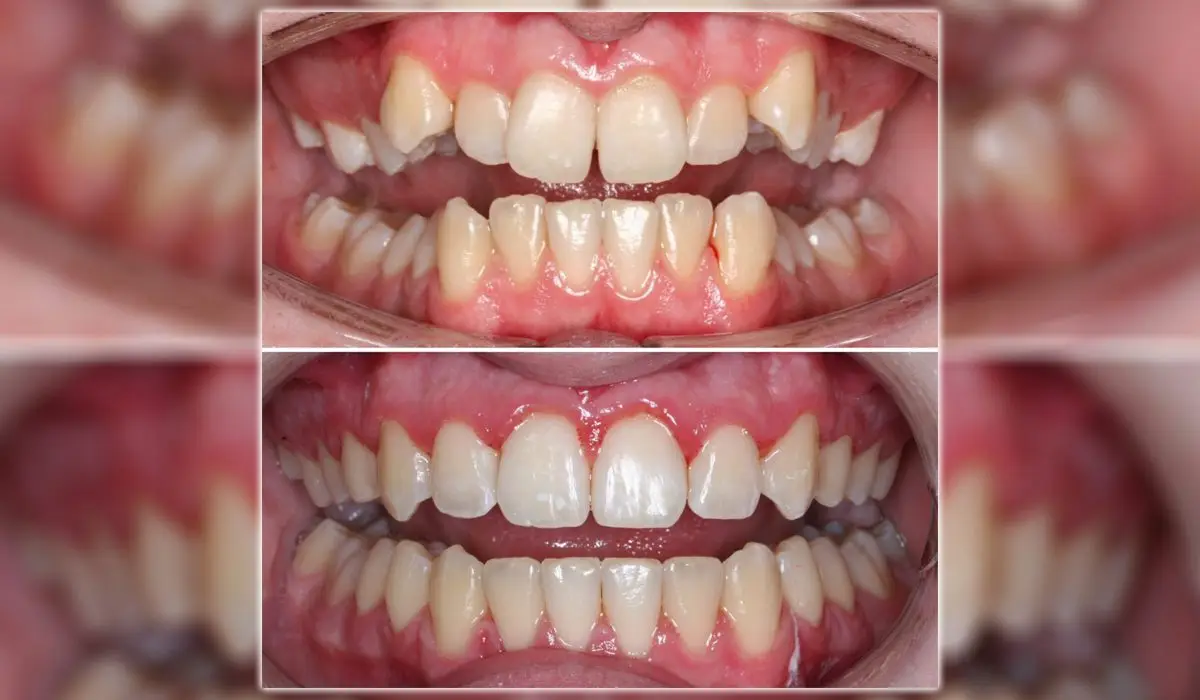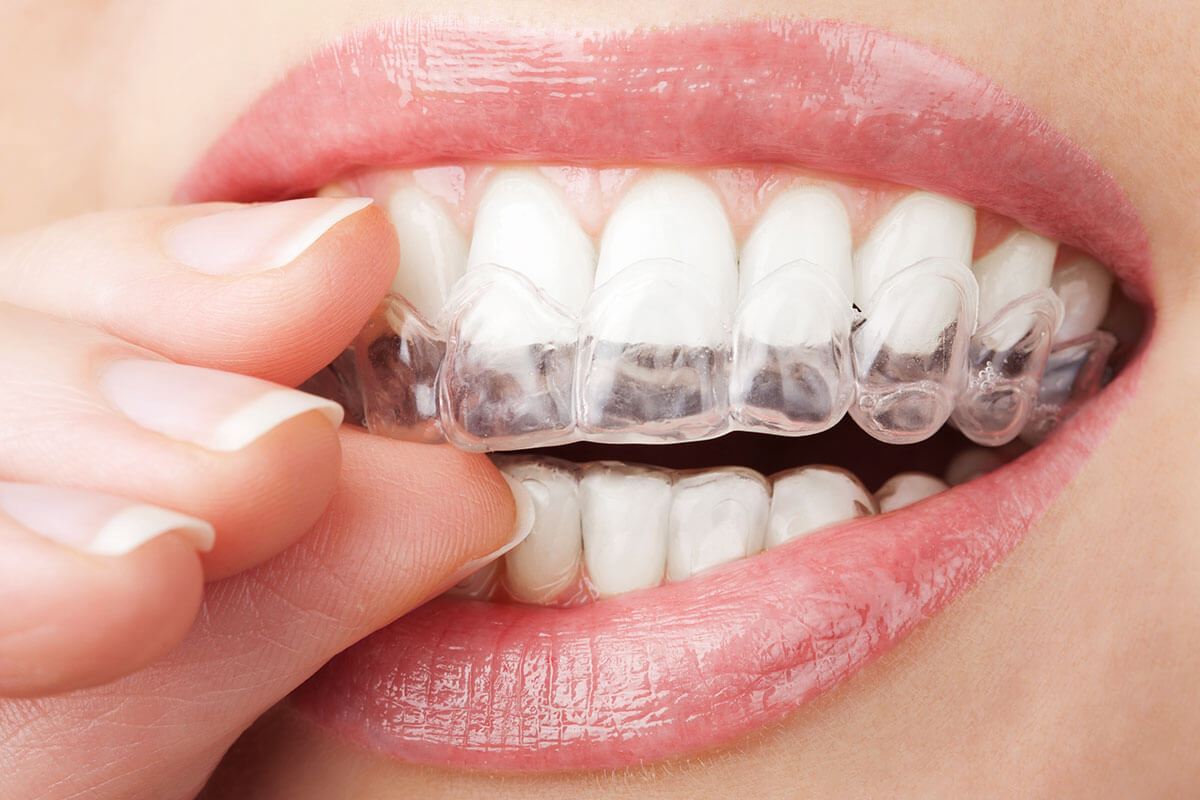Invisalign vs. Standard Dental braces: Which Alternative Is Right for You?
When considering orthodontic therapy, the choice in between Invisalign and typical braces presents several essential variables that warrant careful examination. Invisalign uses a discreet option with detachable aligners, while standard dental braces supply a more noticeable yet reliable option for serious imbalance. Each alternative incorporates distinctive advantages and drawbacks associated with aesthetic appeals, convenience, treatment duration, and expense. Comprehending these subtleties is essential for making a notified decision that aligns with your personal choices and lifestyle. The question remains: which alternative will finest meet your orthodontic requirements and assumptions?
Summary of Treatment Choices

On the other hand, standard braces contain steel braces and wires that are bound to the teeth. This approach uses constant stress gradually to achieve alignment. While effective for complicated orthodontic concerns, standard braces call for regular brows through for changes and can position difficulties in preserving oral hygiene because of the trouble of cleaning about wires and brackets.
Both choices have their advantages, and the choice commonly depends upon details dental conditions, way of life choices, and client conformity. Eventually, seeking advice from an orthodontic specialist is critical for identifying one of the most ideal therapy strategy tailored to private requirements. Comprehending the subtleties of each option can considerably influence the total success of orthodontic treatment.
Aesthetic Factors To Consider
A considerable factor affecting the selection between Invisalign and traditional braces is the visual charm each treatment offers. Invisalign aligners are crafted from clear plastic, making them essentially unseen when worn.
In comparison, traditional braces contain metal braces and cords, which can be extra obvious. While developments in orthodontic technology have resulted in the advancement of smaller sized brackets and colored elastics, standard dental braces still preserve an even more conspicuous account. For some people, the visibility of dental braces might discourage them from seeking needed therapy.
Inevitably, the choice between Invisalign and standard dental braces may rest on personal preferences regarding aesthetic appeals. Individuals who prioritize discernment typically lean toward Invisalign, while those who are much less concerned regarding presence might choose standard dental braces. Understanding the aesthetic effects of each alternative is crucial for making an informed decision that aligns with one's way of life and choices.
Convenience and Convenience

In regards to benefit, Invisalign aligners are detachable, making it possible for individuals to enjoy their favored foods without restriction and keep ideal dental hygiene. Brushing and flossing are streamlined, as the aligners can be taken out during these routines, whereas traditional braces need careful navigating around brackets and wires.
In comparison, typical dental braces demand routine modifications, making them much his explanation less hassle-free for those with busy schedules. On the whole, the convenience and convenience of Invisalign make it an attractive option for several people seeking orthodontic therapy.
Therapy Duration and Efficiency
While both Invisalign and conventional braces work in correcting oral misalignments, the period of treatment can differ significantly in between both alternatives. Typically, Invisalign therapy can take anywhere from 12 to 18 months, depending upon the complexity of the case. The additional reading clear aligners function by progressively shifting teeth into their wanted placements, and regular follow-ups with an orthodontist assistance make sure progression stays on the right track.
On the other hand, conventional dental braces typically call for a longer commitment, normally varying from 18 months to 3 years. This is because of their set nature and the use of brackets and cables, which can be a lot more reliable for extreme imbalances and complex cases (Invisalign). The treatment performance of conventional braces is well-documented, as they permit for accurate changes and higher control over tooth activity
Inevitably, the option in between Invisalign and typical braces might rest on both the awaited treatment period and the specific dental issues at hand. Consulting with an orthodontist is essential, as they can offer customized referrals based upon specific needs, ensuring the picked technique straightens with wanted results and durations.
Price Contrast and Insurance Coverage Alternatives
Cost plays a substantial duty in the decision-making process for individuals considering orthodontic therapy, whether choosing for Invisalign or typical braces. Usually, the price of Invisalign arrays from $3,000 to $8,000, while traditional dental braces commonly set you back between $2,000 and $6,000. Factors affecting these costs consist of the complexity of the case, the duration of treatment, and geographical place.
Insurance policy protection can dramatically influence out-of-pocket expenses. Lots of oral insurance coverage strategies offer partial insurance coverage for orthodontic treatments, yet the specifics can differ commonly. It is critical for clients to assess their insurance plan to establish the click to find out more level of insurance coverage for either option. Typically, traditional dental braces may be much more regularly covered by insurance strategies compared to Invisalign, which some insurance firms classify as a cosmetic procedure.
Furthermore, several orthodontic methods supply adaptable payment strategies, making both therapy choices more available. Patients ought to ask about possible financing options and discount rates for ahead of time payments. Assessing the complete cost, including insurance policy benefits and payment strategies, is important for making a notified choice that lines up with both visual preferences and budget plan considerations.

Final Thought
In recap, the choice in between Invisalign and traditional dental braces pivots on multiple elements, including visual preferences, comfort, treatment period, and expense. Invisalign offers a very discreet, removable option that helps with oral health and nutritional versatility, while conventional braces might be preferable for intricate dental issues and usually come with a lower price factor. Eventually, examination with an orthodontist is vital to evaluate specific scenarios and figure out one of the most proper treatment alternative for attaining optimum oral placement.
When thinking about orthodontic therapy, the choice in between Invisalign and typical braces offers a number of essential factors that warrant careful evaluation.Contrasting Invisalign and traditional braces reveals unique therapy choices for orthodontic modification.While both Invisalign and typical dental braces are effective in fixing dental misalignments, the duration of therapy can differ significantly between the 2 options.Cost plays a substantial role in the decision-making procedure for individuals thinking about orthodontic treatment, whether opting for Invisalign or traditional braces.In recap, the selection in between Invisalign and traditional dental braces hinges on multiple elements, including visual choices, convenience, treatment duration, and cost.